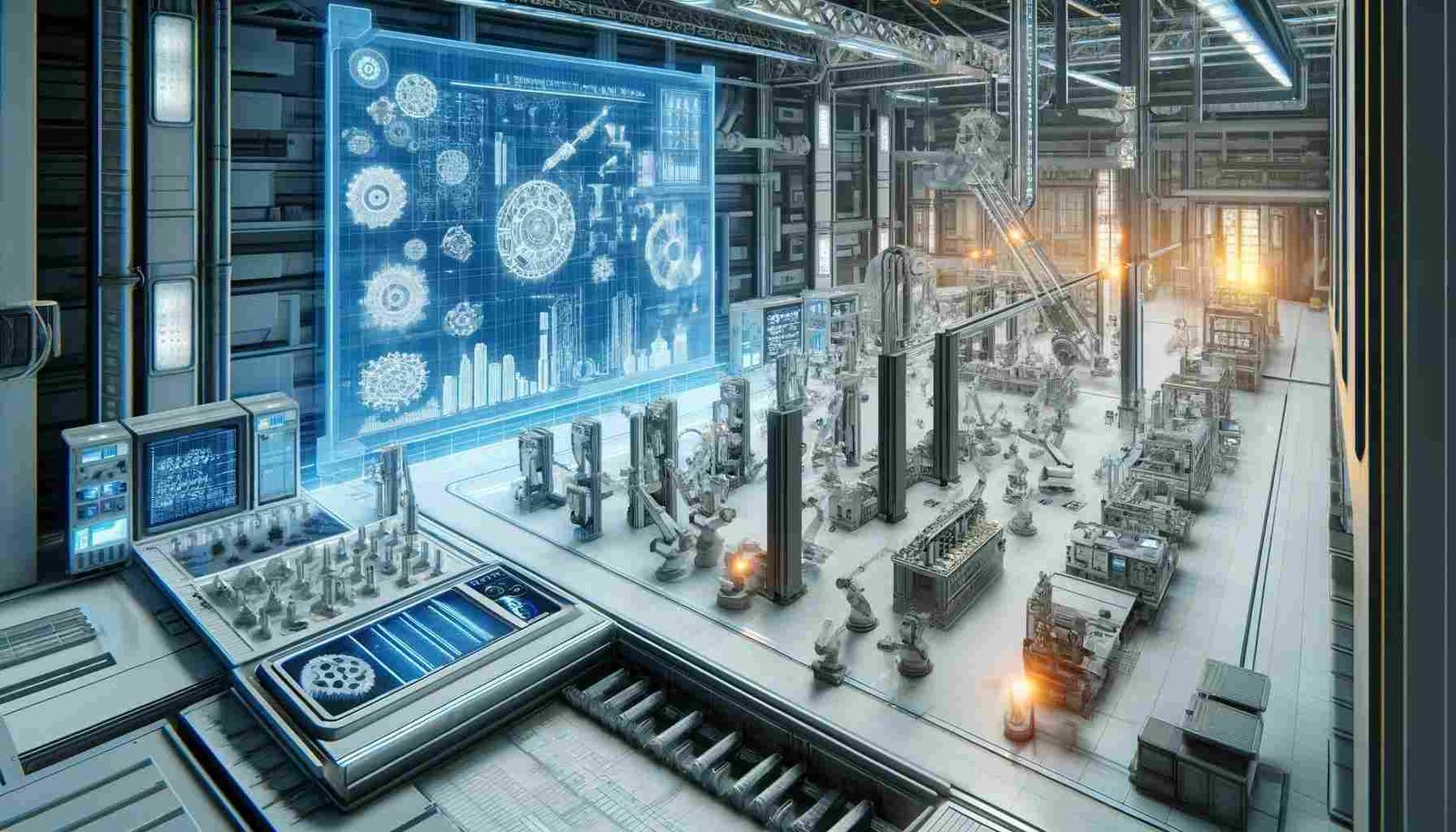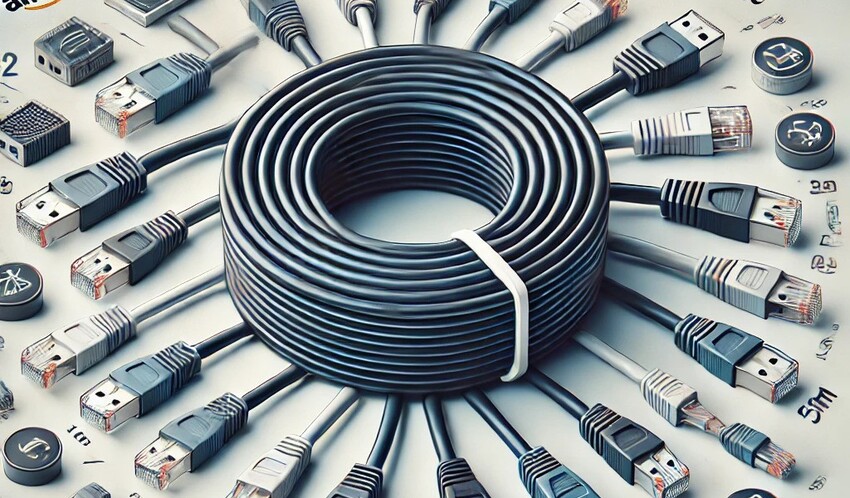3D manufacturing innovation has emerged as a game changer for the industrial sector, experiencing rapid technological change. Companies increasingly adopt 3D printing technologies to change production processes and remain ahead of the curve. This article will cover the exciting potential of 3D Factory manufacturing innovation and its impact on the future of production.
The rise of 3D printing in industrial production
3D printing, also known as “additive manufacturing,” is a process in which layers are layered to create three-dimensional objects employing computer models. Due to its ability to manufacture complicated geometries, shorten lead times, and minimize material waste, this technology has been widely adopted in various industries. 3D printing has transformed traditional production methods in the manufacturing sector and opened up new possibilities for design and innovation.
The key benefits of innovation in 3D manufacturing
Increased efficiency:
One of the main benefits of 3D factory innovation is the ability to facilitate production processes and shorten market timing. By removing the need for tools and facilitating on-demand manufacturing, companies can react quickly to changing market needs and optimize their supply chains.
Cost savings:
3D printing technology produces complex designs that minimize material waste and lead to significant cost savings compared with conventional production methods. Producing parts in time can also help companies reduce their inventory costs and increase efficiency.
Enhanced Customization:
Employing 3D factory innovations, manufacturers can easily develop products tailored to individual customer preferences. This level of personalization was previously unattainable with traditional mass production methods, giving companies a competitive edge in today’s market.
The Future of Manufacturing with 3D Factory Innovation
The future of manufacturing is looking even more promising as 3D printing technology continues to evolve. Companies are looking for new ways to use 3D manufacturing innovation, from creating spare parts on demand to making complex designs that used to be assumed impossible. Due to 3D printing’s speed and flexibility, it is a valuable tool for manufacturers looking to stay ahead of their competitors.
Future trends shape the future of 3D factories in the manufacturing sector
Here, we discuss key trends that are expected to shape the future of 3D factories in the manufacturing sector.
1. The integration of artificial intelligence and machine learning
Artificial intelligence and machine learning will be key in optimizing production processes in 3D manufacturing plants. These technologies will allow smart production lines to automatically adjust parameters for efficiency, anticipate maintenance needs, and cope with design or material specification changes without any human intervention.
2. Sustainability and Environmental Responsibility
Innovation in 3D manufacturing will be driven by sustainability, focusing on using recycled materials and minimizing waste. Compared to conventional manufacturing methods, 3D production technology is environmentally sustainable and reduces waste and energy use. This aspect of 3D production technology will undoubtedly be a major driver for its use in the industry, given that sustainability has become increasingly important to consumers and regulators.
3. Scalability and Modular Factory Designs
The modular nature of 3D printing machines makes them perfect for scaled production models. Modular production units, which can be easily expanded or modified in response to demand fluctuations and changes in manufacturing technologies, could form the basis of future 3D factories.
4. Collaboration in the field of robotics and 3D printing
The convergence of robotics and additive manufacturing will enhance the automation capabilities of 3D production. The robots could perform tasks such as the placement of components, product finishing, and quality control, which further reduce labor costs and increase accuracy and production speed.
5. Enhanced Customization and Personalization
3D production facilities will become increasingly valuable as consumer demand for personalised products grows, enabling them to economically produce customized products in small batches. This trend will have a particularly significant impact in sectors such as consumer electronics, fashion, and medical devices.
6. Expansion into New Markets
As more and more 3D printing technology becomes available, it becomes cost-efficient. It is anticipated that 3D production plants will be added to new markets, including emerging ones. This expansion will facilitate local manufacturing hubs, reducing the need for supply chains and associated costs.
Challenges in 3D Factory Innovation
The benefits of 3D manufacturing innovation are great, but it also faces several problems. To exploit the full potential of 3D printing technology, companies must invest in suitable equipment, software, and expertise. In addition, legislation and quality control issues may be a barrier to wider adoption. However, with strategy planning, manufacturers could overcome these challenges and achieve the full potential of 3D factory innovation.
Conclusion
3D factory innovation is revolutionizing manufacturing and paving the way for a more efficient, cost-effective, and customizable future. Companies that adopt this innovative technology will have a greater capacity to navigate an ever-changing market landscape. Also, it meets the demands of today’s discriminating consumers. By investing in 3D printing technology and exploring new uses, Manufacturers can remain at the forefront of innovation and contribute to sustainable growth over the coming years














Leave a Reply